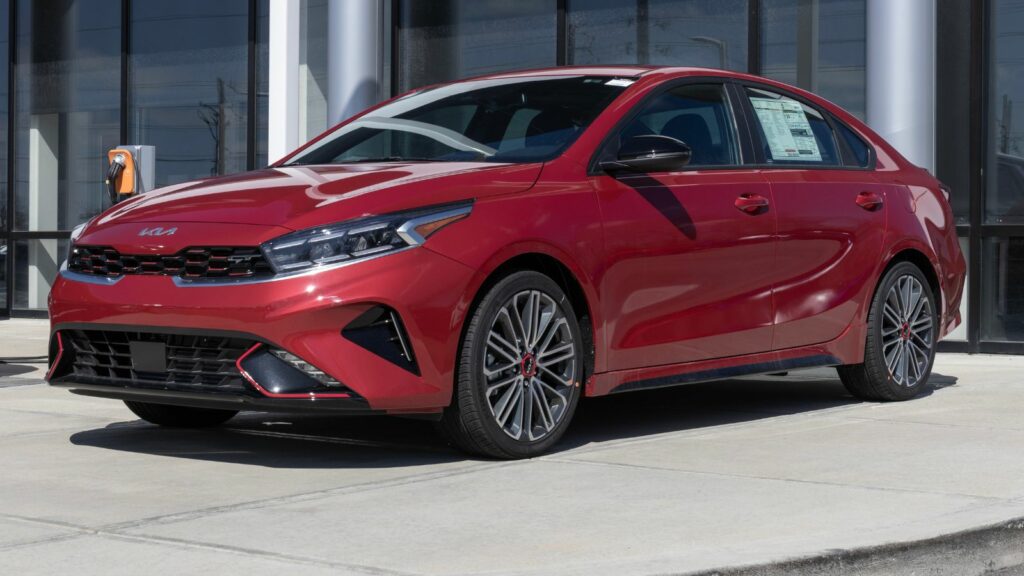As tariff tensions escalate between North American and global trade partners, Canadian car buyers are taking no chances. Popular imports and some domestic models face potential price spikes, making now the last chance to secure a fair deal. Here are 23 cars Canadians are buying before tariff hikes hit
Toyota RAV4 Hybrid
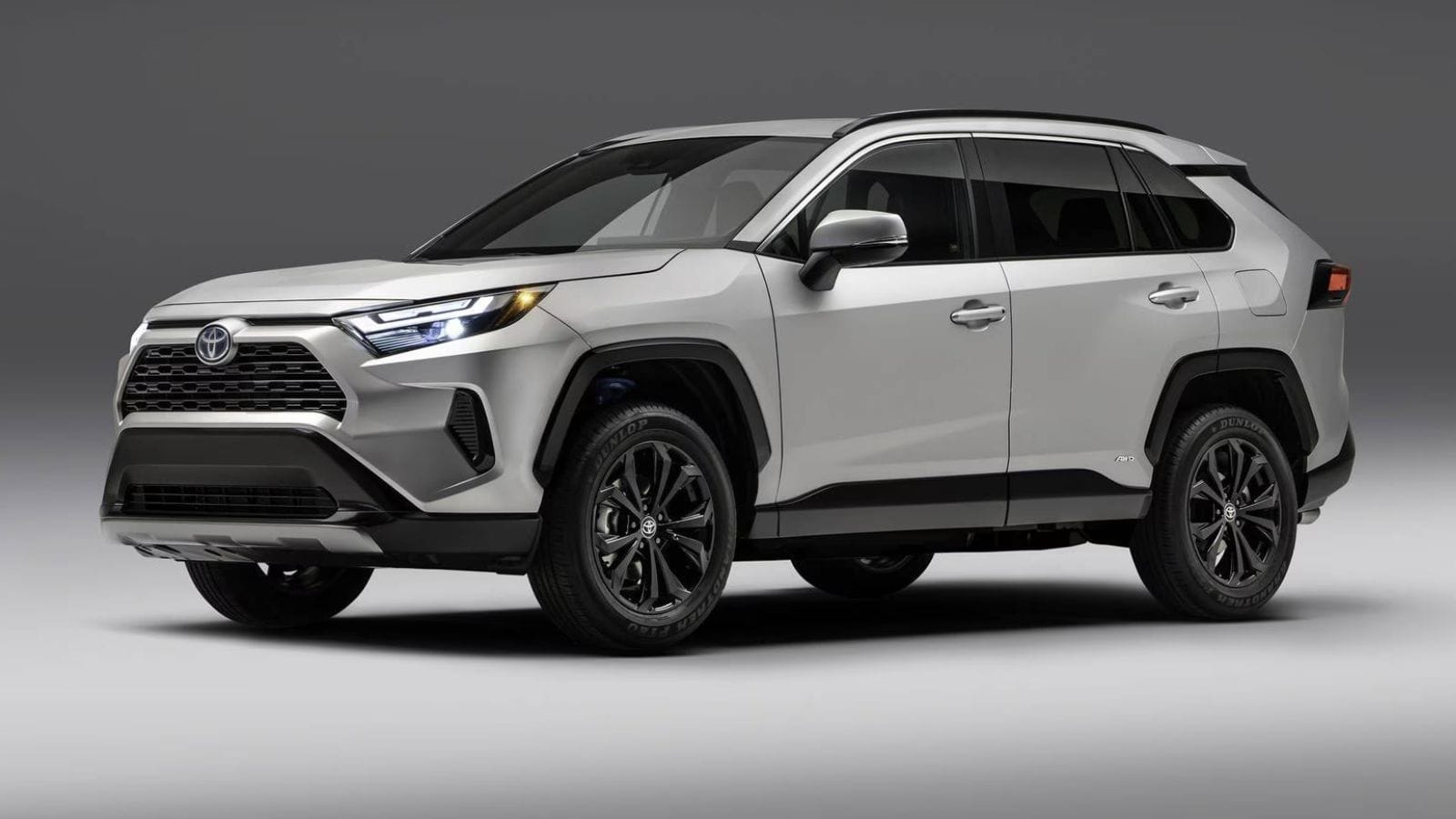
With impressive fuel economy, legendary reliability, and hybrid efficiency, the Toyota RAV4 Hybrid has become a top panic-buy across Canada. Its 219-horsepower powertrain delivers a smooth 0-100 km/h in about 7.8 seconds while returning fuel ratings under 6.0 L/100 km. Inside, it is spacious, comfortable, and packed with Toyota’s latest infotainment system. However, with many trims built in Japan and supply chains under pressure, buyers fear it won’t remain affordable for much longer.
Honda CR-V Hybrid
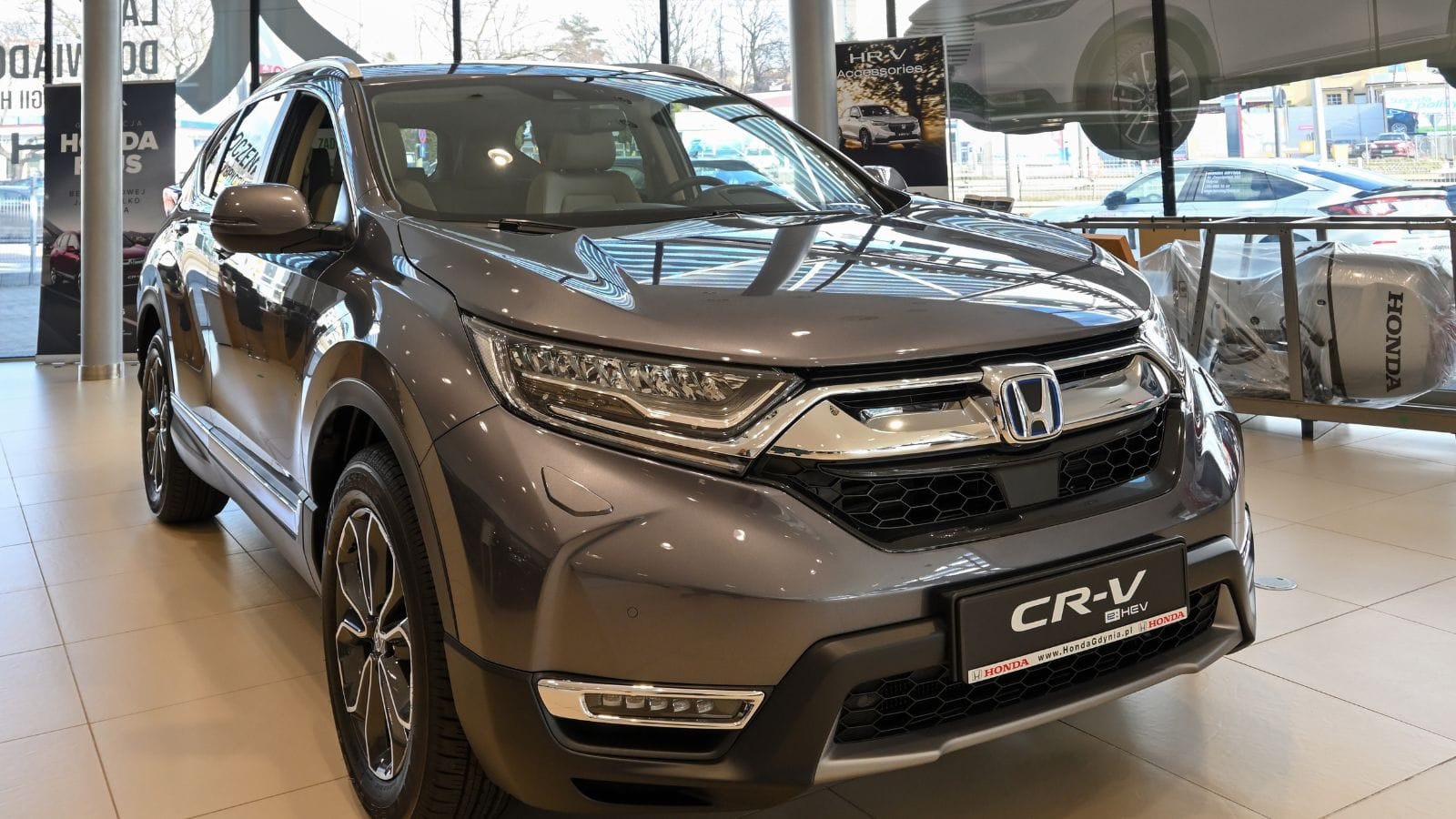
The newly redesigned Honda CR-V Hybrid delivers fuel savings, all-wheel drive capability, and family-friendly practicality. The 204-horsepower hybrid setup offers smooth acceleration, reaching 100 km/h in around 7.9 seconds, and a spacious cabin with premium touches in higher trims. Built in the U.S., it is technically on safer ground, but component-level tariffs on batteries and electronics could still impact pricing. Add to that ongoing production delays, and it is no wonder Canadians are snapping up these models fast in provinces where hybrid rebates stack with federal incentives.
Mazda CX-5
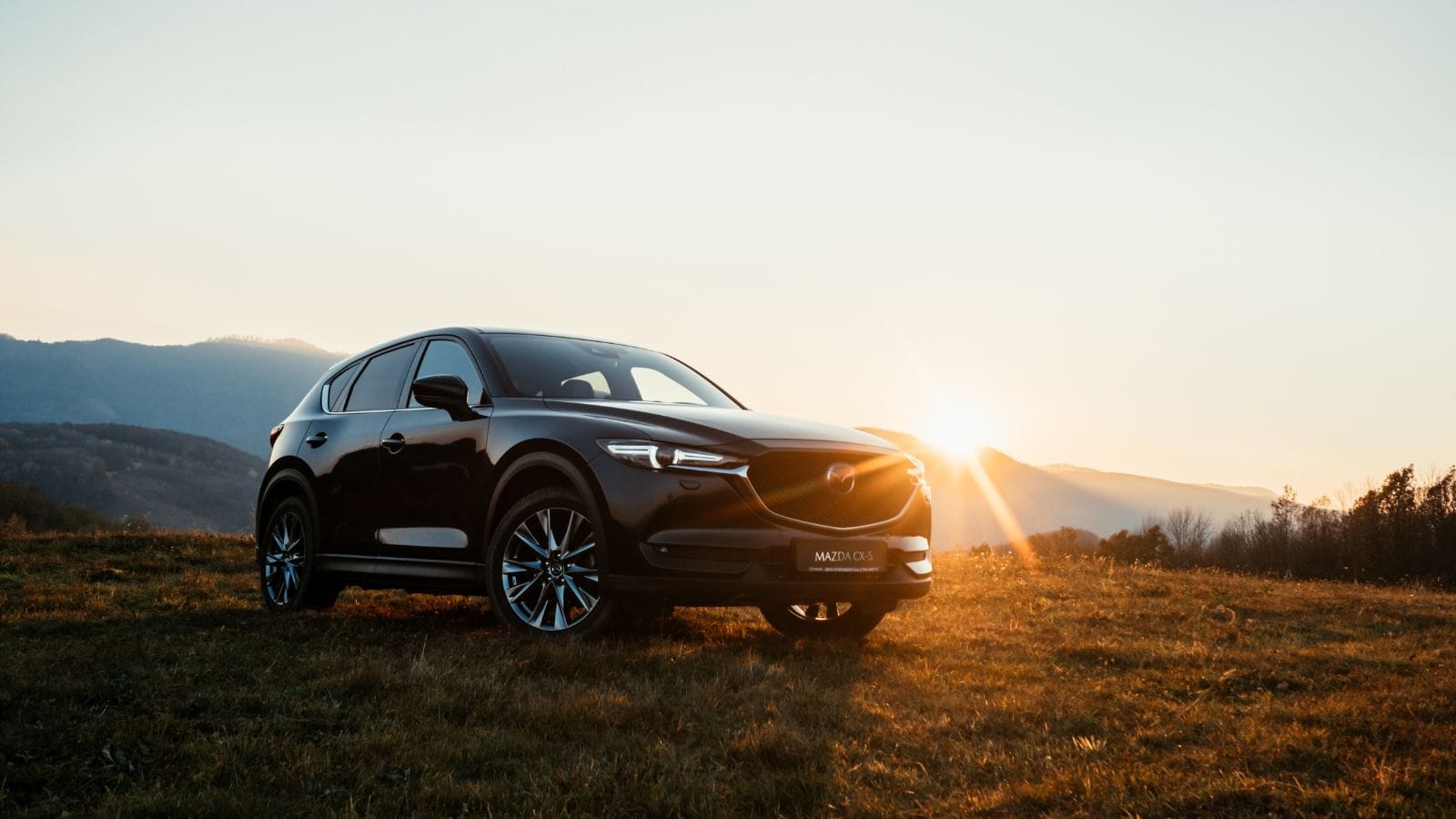
Praised for its upscale interior and nimble handling, the Mazda CX-5 remains one of Canada’s favorite crossovers. The available turbocharged 2.5L engine delivers 256 horsepower and achieves a 0-100 km/h time of 6.2 seconds. The cabin features refined materials, leather upholstery in upper trims, and intuitive tech. Though many CX-5s are built in Japan, some trims are assembled in North America, creating confusion over which models could face tariff hikes. As uncertainty brews, dealers report a surge in demand for available inventory, particularly turbo models that offer premium performance at mainstream prices.
Hyundai Tucson Hybrid
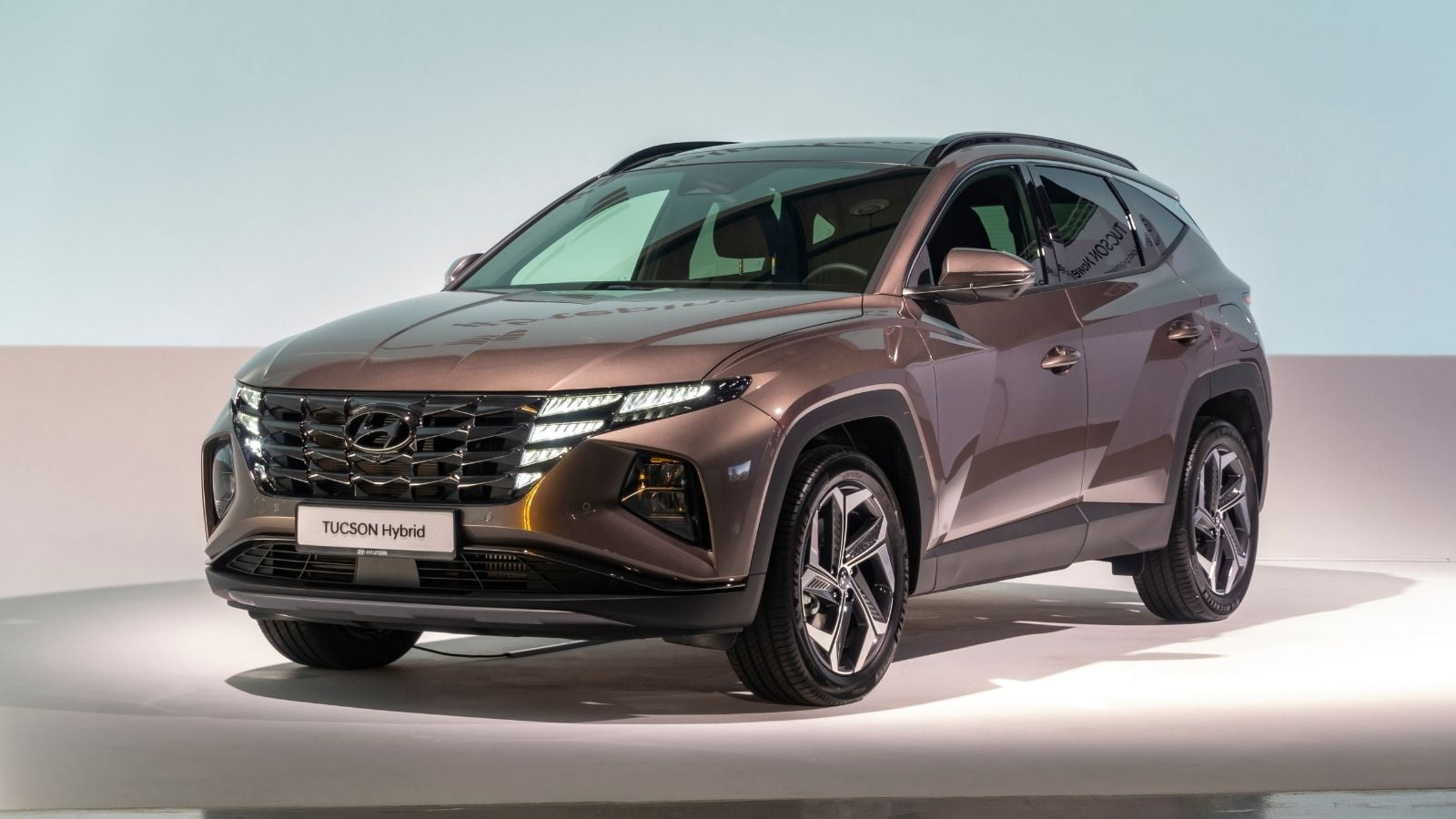
The Tucson Hybrid has carved out a niche in Canada with its tech-forward design, all-wheel drive, and 226 combined horsepower. It accelerates from 0 to 100 km/h in about 8.0 seconds and features an impressively quiet, well-appointed interior with dual digital displays. However, while Hyundai is investing in North American production, many Canadian-bound Tucson Hybrids still originate from South Korea, making them vulnerable to price increases under new trade rules. For Canadians who want efficient performance without stretching to luxury brands, it has become a race to the dealership as news of possible tariff hikes spreads.
Kia Sportage Hybrid
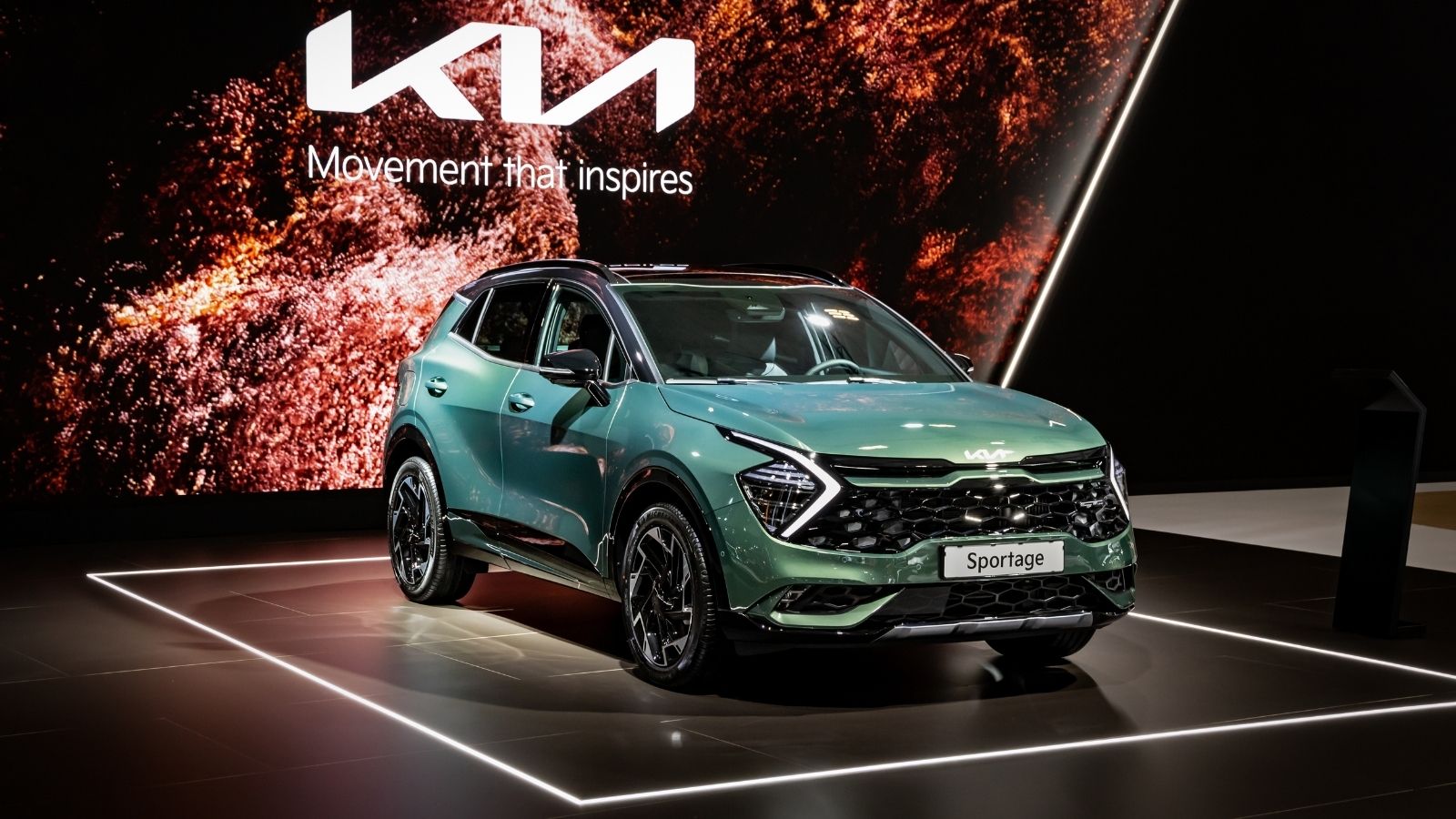
Offering bold styling, 227 horsepower, and a spacious interior with class-leading rear legroom, the Kia Sportage Hybrid is winning over Canadian drivers fast. Its 0-100 km/h time of around 7.5 seconds, combined with available AWD, makes it a confident all-weather performer. The interior feels premium, featuring a curved panoramic display and quilted seats on higher trims. However, with production rooted in South Korea and uncertainty over future parts tariffs, many buyers are jumping now. Dealers across Ontario and Alberta report a significant increase in Sportage Hybrid inquiries, particularly from commuters seeking to future-proof their next vehicle.
Subaru Outback

The Subaru Outback remains a Canadian icon for both outdoor adventurers and safety-conscious families. With standard AWD, generous ground clearance, and two engine options, including a 260-hp turbocharged 2.4L engine that accelerates from 0 to 100 km/h in 6.1 seconds, it is both capable and surprisingly quick. The interior blends rugged functionality with upscale comfort, offering soft-touch materials, available Nappa leather, and an 11.6-inch vertical touchscreen. Although many Outbacks are built in the U.S., parts sourcing volatility has raised alarm bells. Dealers from B.C. to Quebec are reporting low inventory levels as drivers rush to buy before potential tariffs trickle into pricing.
Toyota Corolla Cross
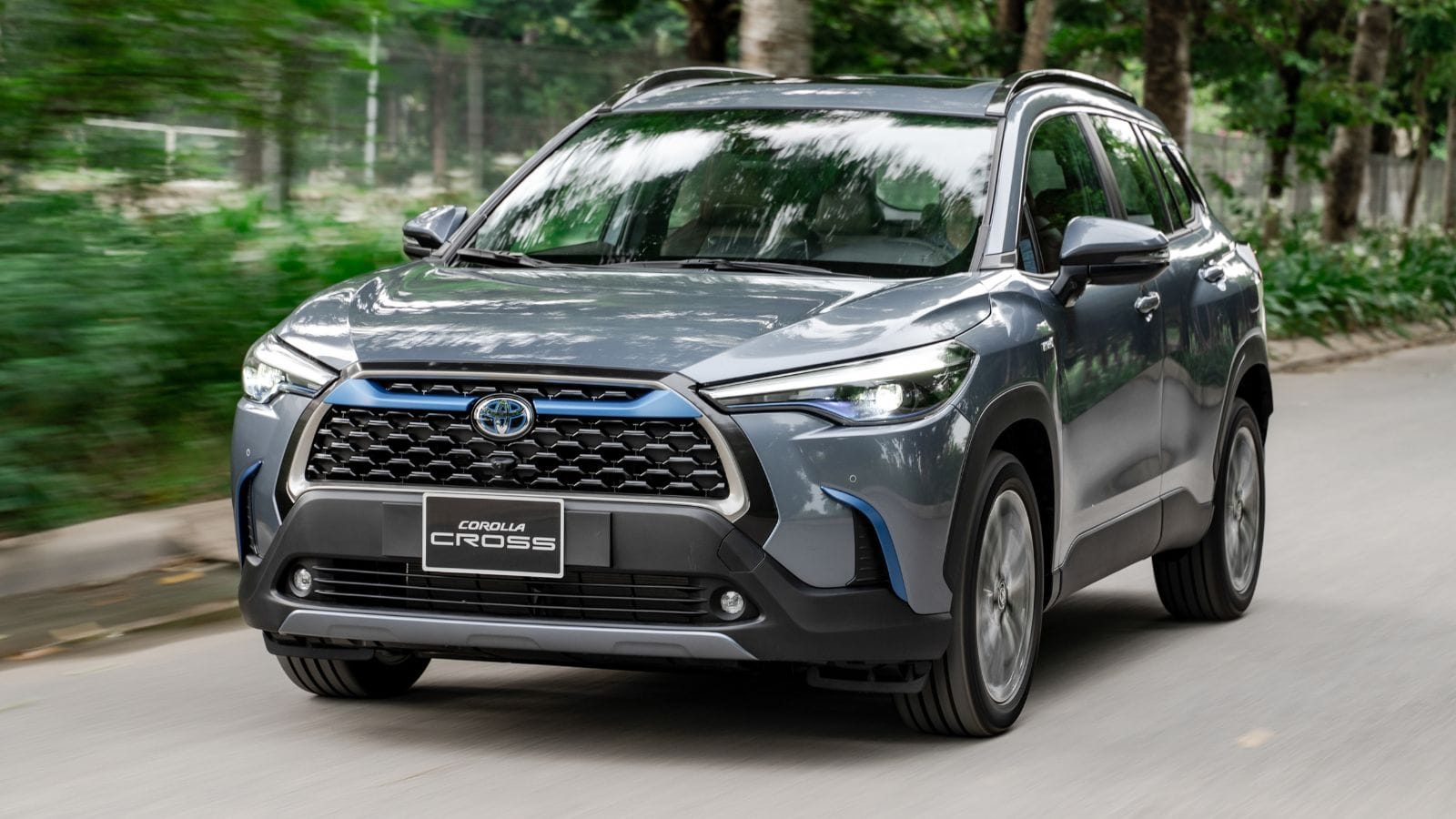
Blending the efficiency of the Corolla with SUV practicality, the Corolla Cross is a go-to for cost-conscious Canadians. The 2.0L four-cylinder engine offers 169 horsepower and achieves 0-100 km/h in approximately 9.2 seconds, while the hybrid variant further enhances performance and fuel economy. Inside, it features Toyota’s latest infotainment system, excellent visibility, and smart storage design. However, most Canadian-bound Corolla Cross units are built in Japan or Thailand, putting them squarely in the crosshairs of import tariffs. With its price-to-value ratio at risk, many first-time buyers are scrambling to secure one before hikes take effect.
Volkswagen Golf GTI
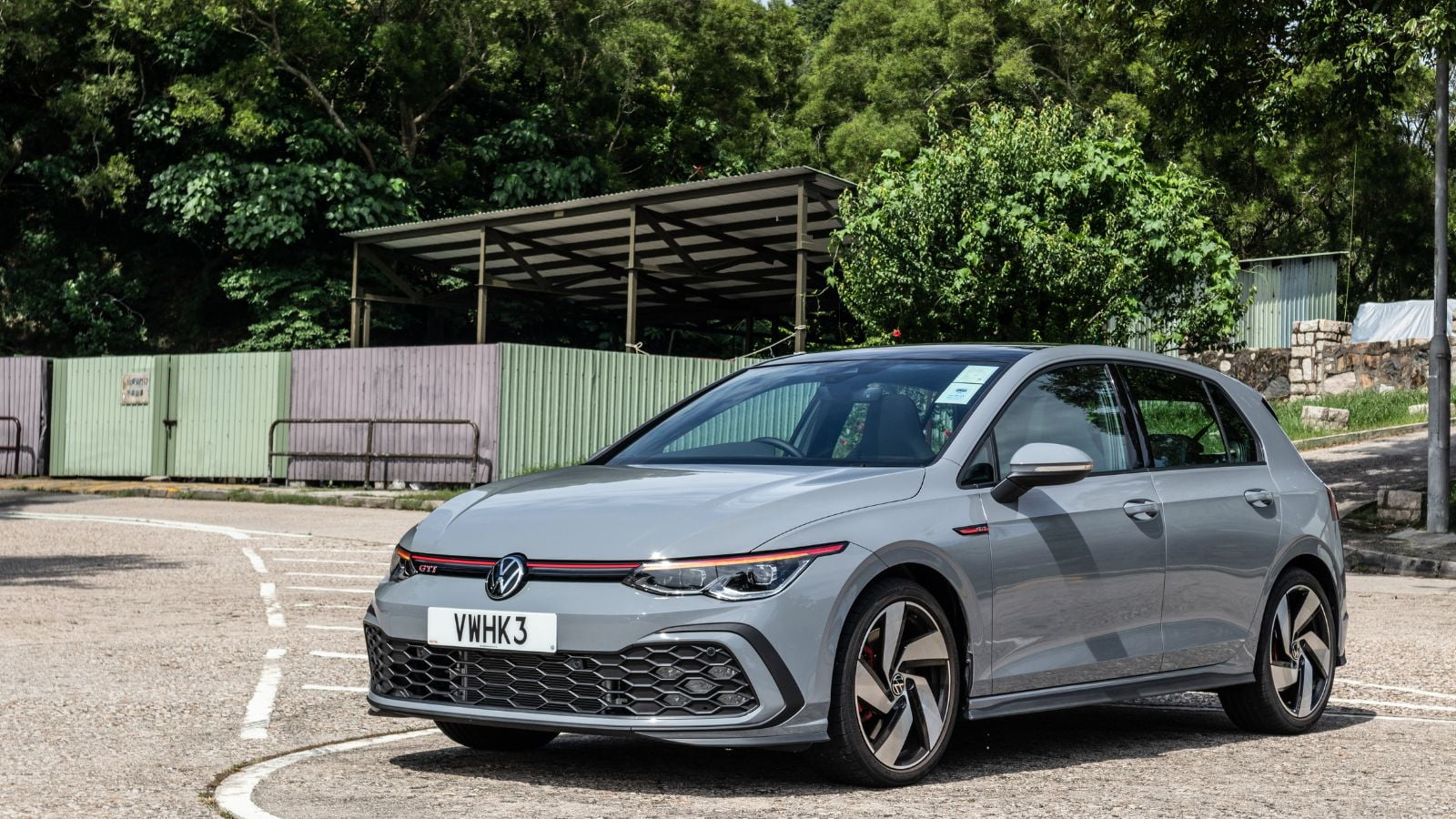
The VW Golf GTI has long been the enthusiast’s choice for an everyday performance car, and Canadians are well aware. Powered by a 241-hp turbocharged engine, the GTI accelerates from 0-100 km/h in just over 6 seconds. The interior is sharp and driver-focused, with plaid seats, a flat-bottom steering wheel, and dual digital displays. Assembled in Germany, the GTI is subject to significant tariffs, which could substantially drive up prices. For those who want a hot hatch without paying Audi prices, time is running out, as many GTA dealers report the GTI is selling faster than usual this summer.
Hyundai Elantra Hybrid
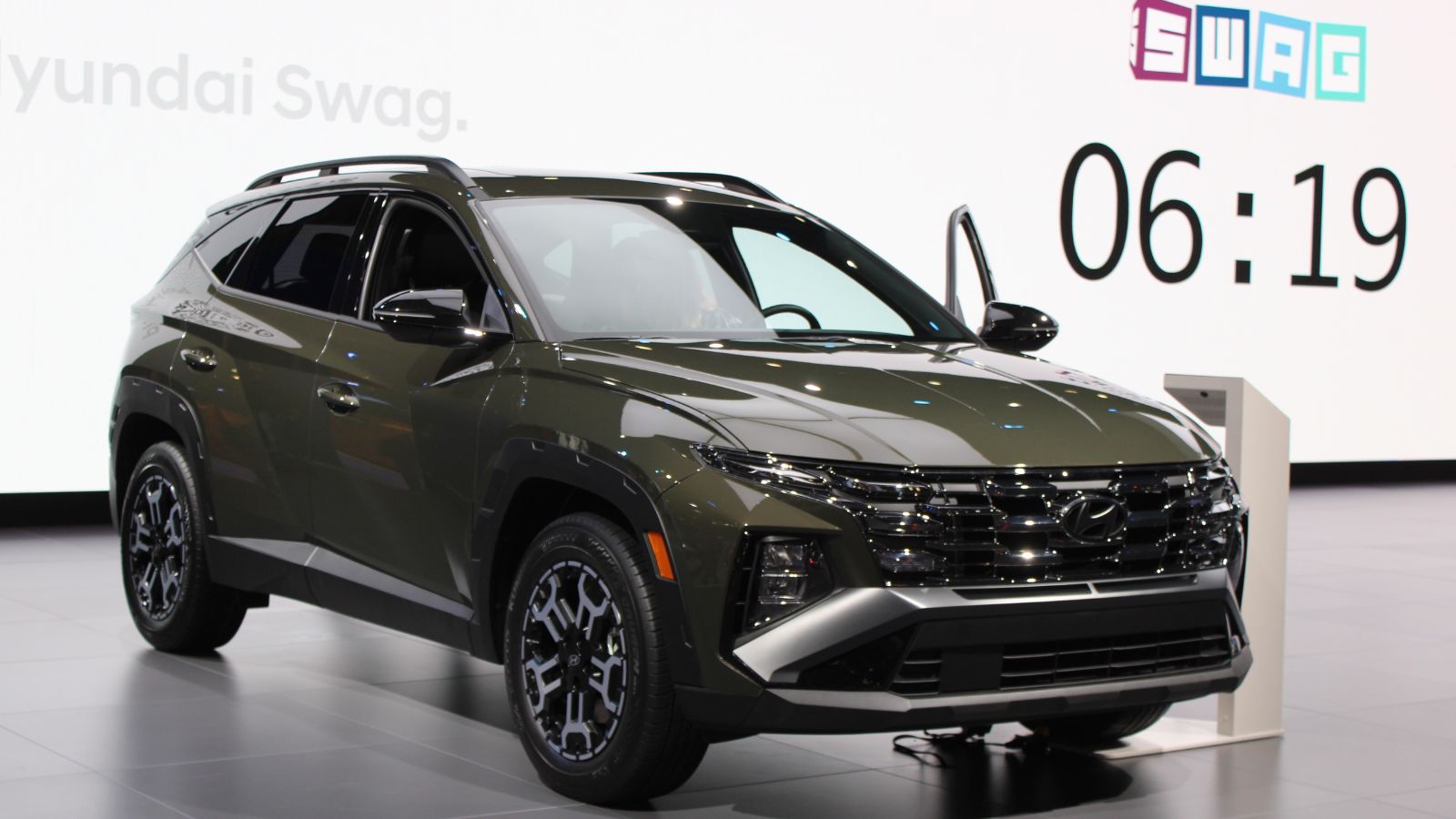
Sleek, efficient, and tech-packed, the Elantra Hybrid is turning heads and closing deals. Its 1.6L hybrid engine produces 139 horsepower, hitting 0-100 km/h in about 8.7 seconds while offering fuel economy below 5.0 L/100 km. Inside, it is surprisingly upscale, featuring dual 10.25-inch screens, available heated rear seats, and robust safety technology. While Hyundai is expanding North American operations, many Elantra Hybrids still arrive from South Korea, which has triggered a mini buying spree in provinces like B.C. and Quebec, where rebates are also under threat.
Lexus NX 350h
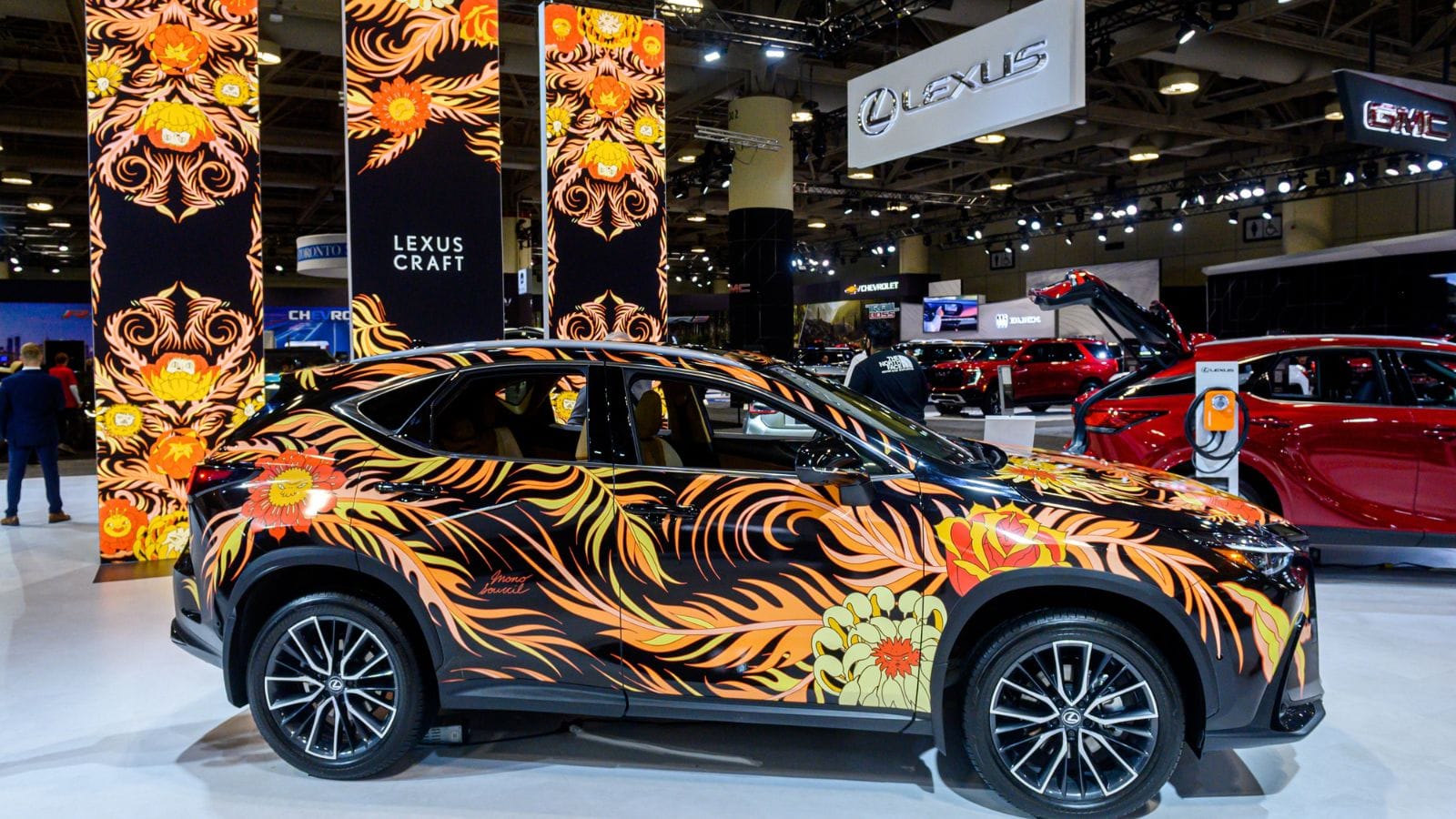
For luxury buyers looking to hedge against rising tariffs, the Lexus NX 350h offers hybrid efficiency and upscale refinement. Its 240-hp powertrain delivers smooth acceleration, reaching 100 km/h in about 7.2 seconds, while sipping fuel at just over 6.0 L/100 km. Inside, Lexus nails the premium feel with available leather, ambient lighting, and an intuitive touchscreen interface. However, Canadian-bound NX models are primarily built in Japan, which puts their affordability in jeopardy as tariffs loom. For many Canadians, this is the last chance to get into the Lexus world without paying German luxury prices.
Nissan Rogue
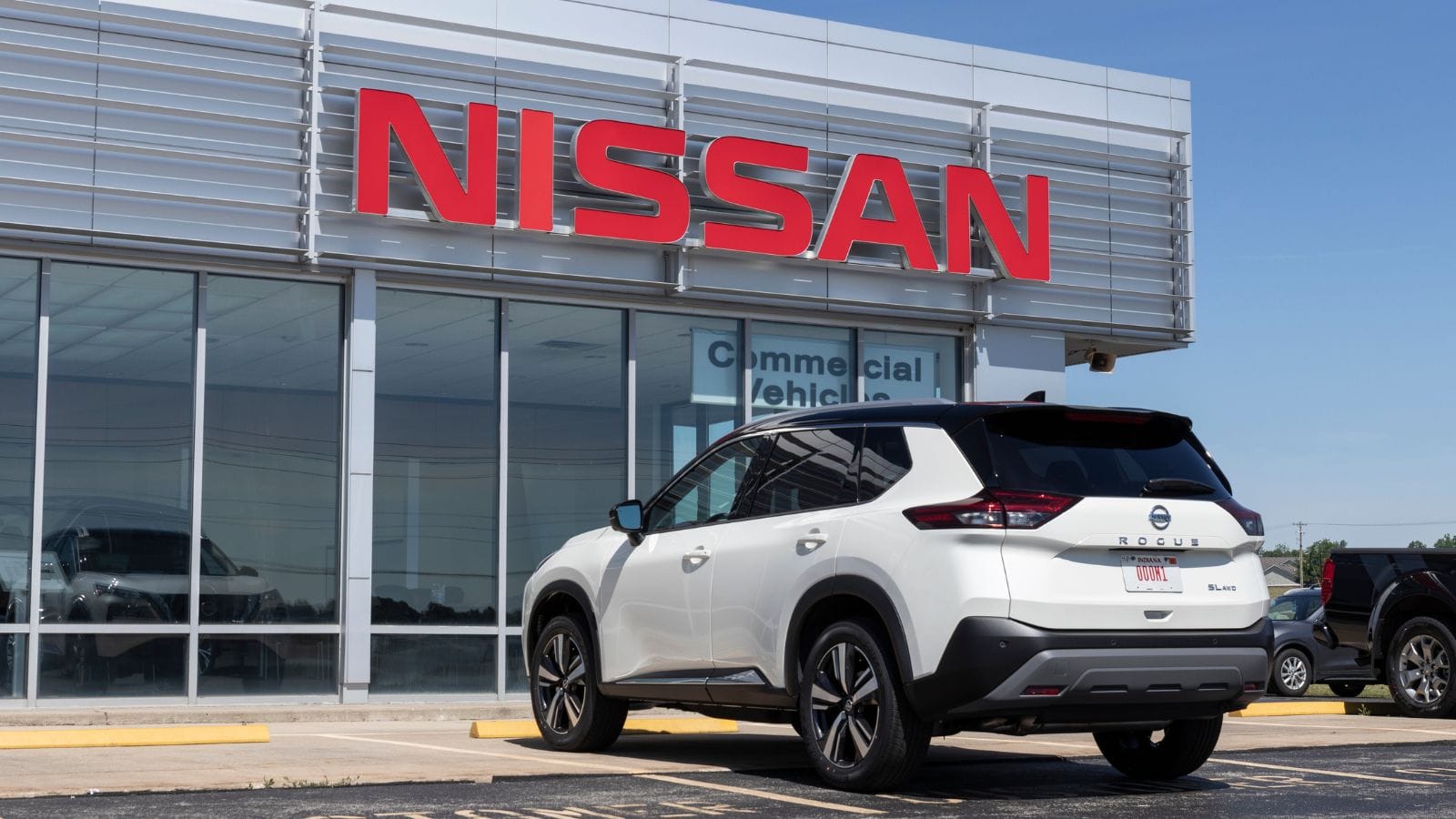
The Nissan Rogue remains a Canadian bestseller due to its balance of efficiency, space, and comfort. Powered by a 1.5L turbocharged three-cylinder engine delivering 201 horsepower, it reaches 0-100 km/h in about 8.1 seconds. Inside, it features Zero Gravity seats, a large touchscreen, and premium materials in upper trims. While many Rogues are assembled in Tennessee, sourcing parts from Asia, including chips and electronics, means that tariff impacts could still be felt at the consumer level. With lease rates already rising, buyers in suburban areas are snapping up Rogues before price adjustments ripple through dealer networks.
Ford Maverick Hybrid
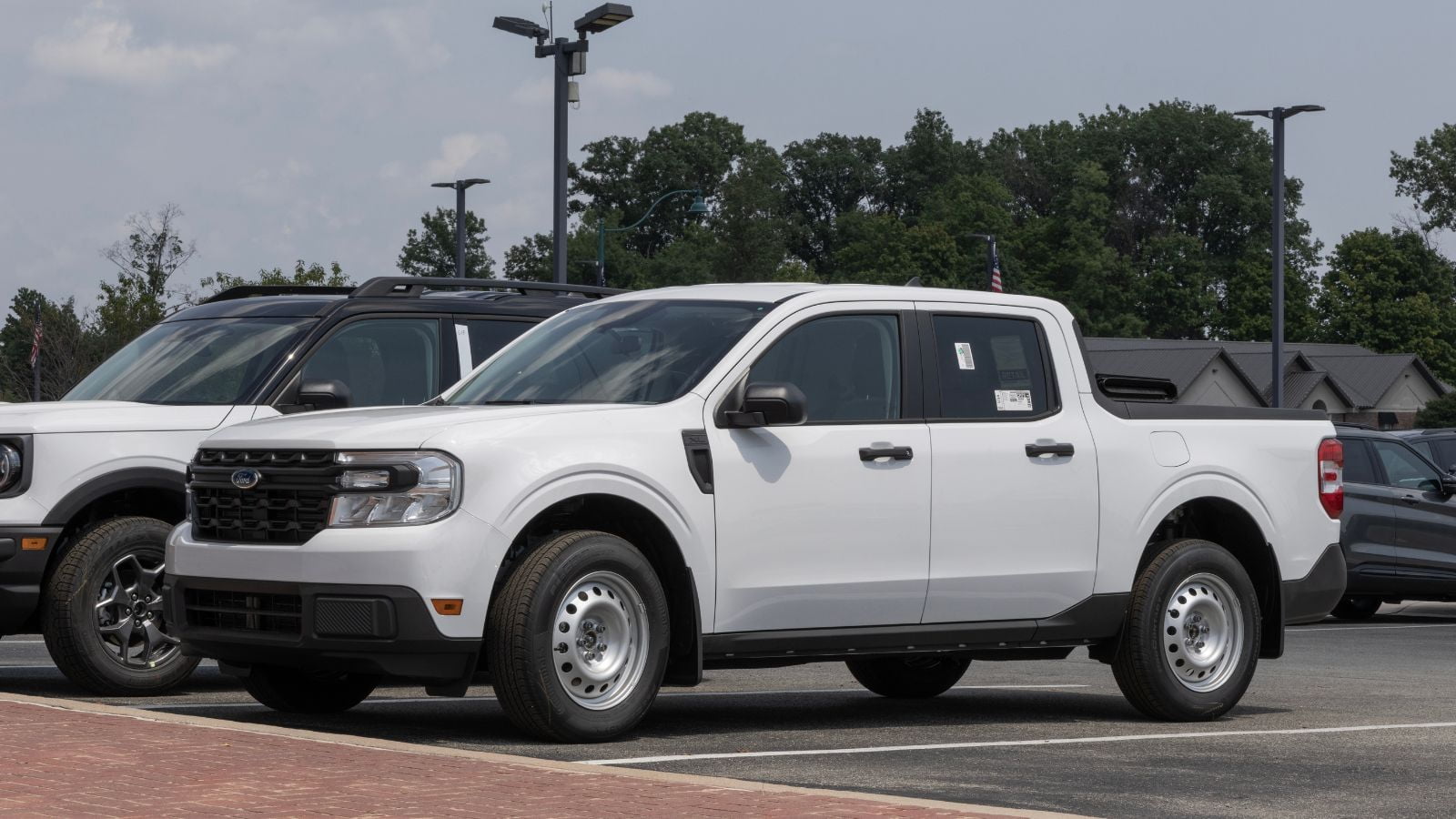
Affordable, versatile, and fuel-efficient, the Ford Maverick Hybrid has developed a cult following in Canada. Its 2.5L hybrid engine produces 191 horsepower and accelerates from 0 to 100 km/h in approximately 8.6 seconds, while achieving a fuel consumption of under 6.5 L/100 km in real-world use. The cabin is surprisingly spacious for a compact pickup, with clever storage, hard-wearing surfaces, and modern tech. Built in Mexico, the Maverick is at high risk if tariff talks expand to include North American trade zones. With order banks closing early and demand far outpacing supply, Canadians are rushing to grab one while it is still an attainable urban workhorse.
Chevrolet Equinox
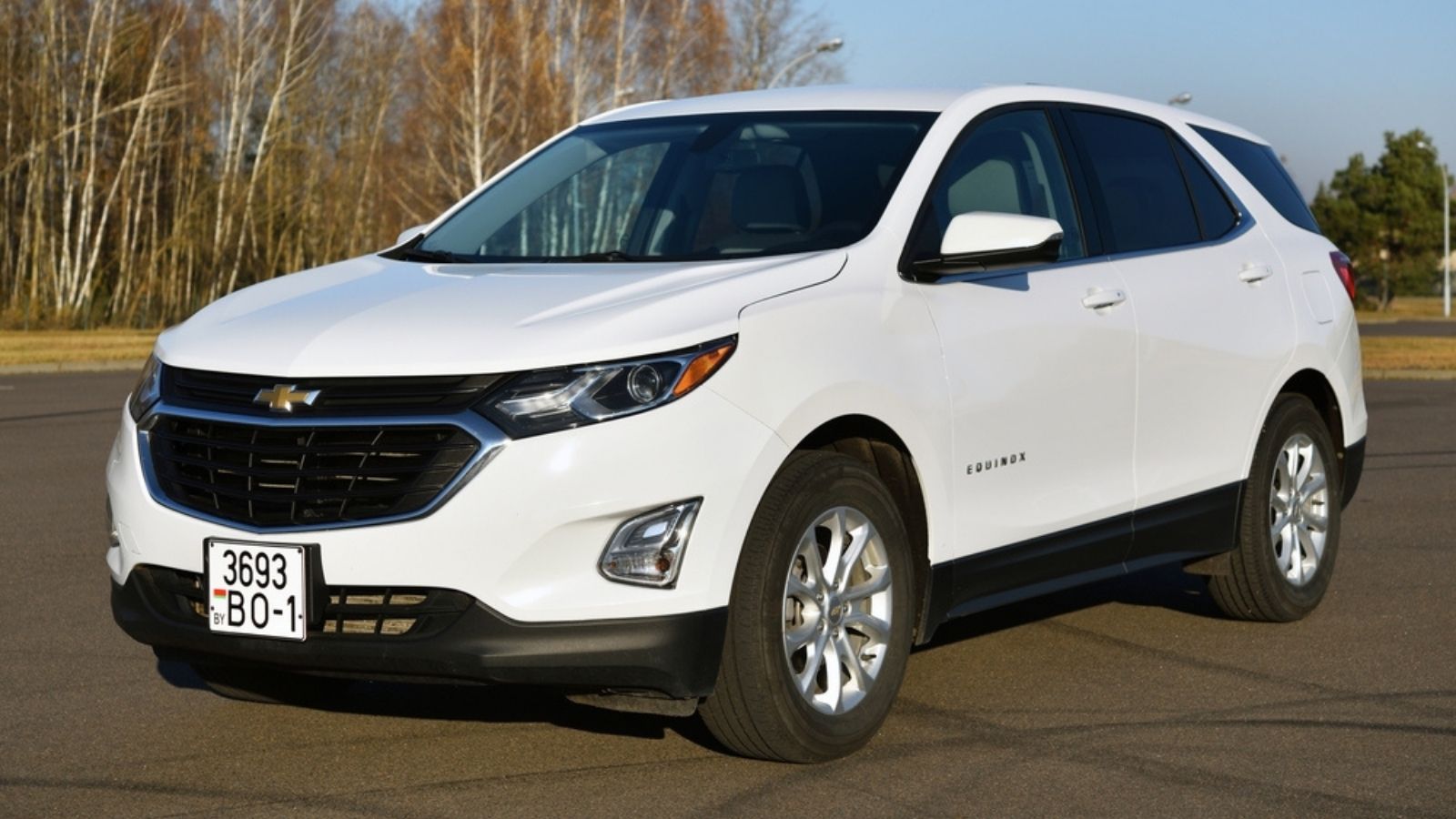
The Chevrolet Equinox may not grab headlines, but it has become a go-to for Canadian families. Its 1.5L turbo engine produces 175 horsepower, good for a 0-100 km/h time of 9.2 seconds. The interior emphasizes comfort and practicality, featuring an intuitive infotainment system and ample rear legroom. Though built in Canada and Mexico, the Equinox still relies on international parts, putting it in a pricing gray area if tariffs escalate. This uncertainty has sparked a wave of early lease renewals, especially in Ontario and the Prairies, where drivers want to avoid being priced out of their next family SUV.
Toyota Camry Hybrid

The Toyota Camry Hybrid delivers a premium midsize sedan experience without the luxury tax. Its 208-hp hybrid setup hits 0-100 km/h in about 7.9 seconds while returning stellar fuel economy near 4.9 L/100 km. Inside, it boasts a quiet cabin, heated seats, and Toyota’s latest driver-assist tech. Most Canadian-bound Camrys are built in Kentucky; however, it is the parts, particularly battery modules, that could be subject to tariffs under certain conditions. As word spreads, buyers seeking long-term reliability and low cost of ownership are making swift moves.
Kia Forte
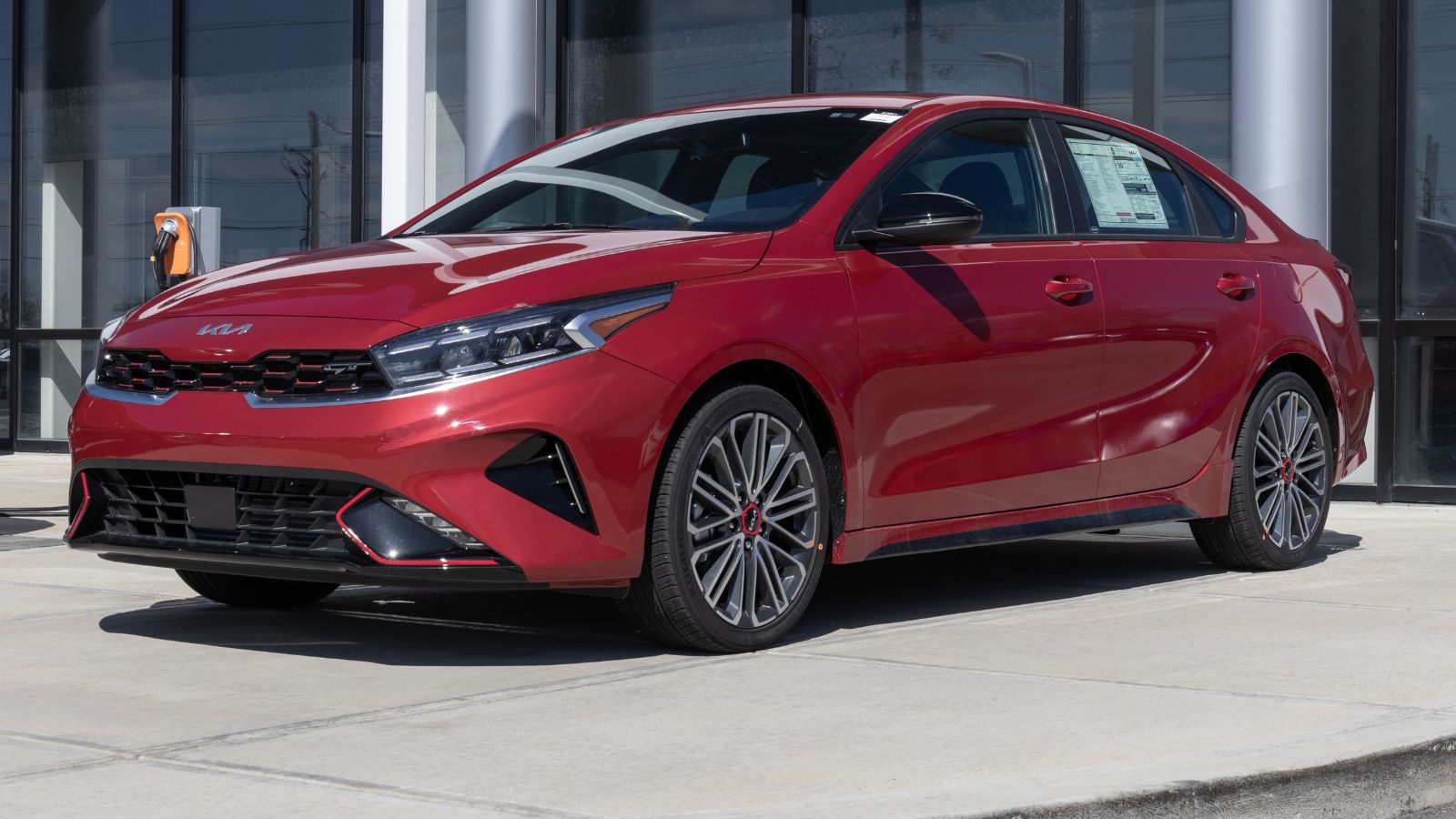
Budget-conscious Canadians are rushing to buy the Kia Forte, a compact sedan that punches above its weight. Its 2.0L engine delivers 147 horsepower, and while the 0-100 km/h time of 8.9 seconds may not be thrilling, the value is undeniable. Inside, you’ll find a large touchscreen, wireless Apple CarPlay, and high-quality cabin materials for the price point. Many trims are built in Mexico, but parts flow from Korea and China, two regions heavily impacted by recent trade shifts. With rumors swirling about model discontinuation and pricing volatility, Canadians in search of a reliable and affordable commuter are locking in Fortes before they vanish or spike in cost.
Mazda CX-50
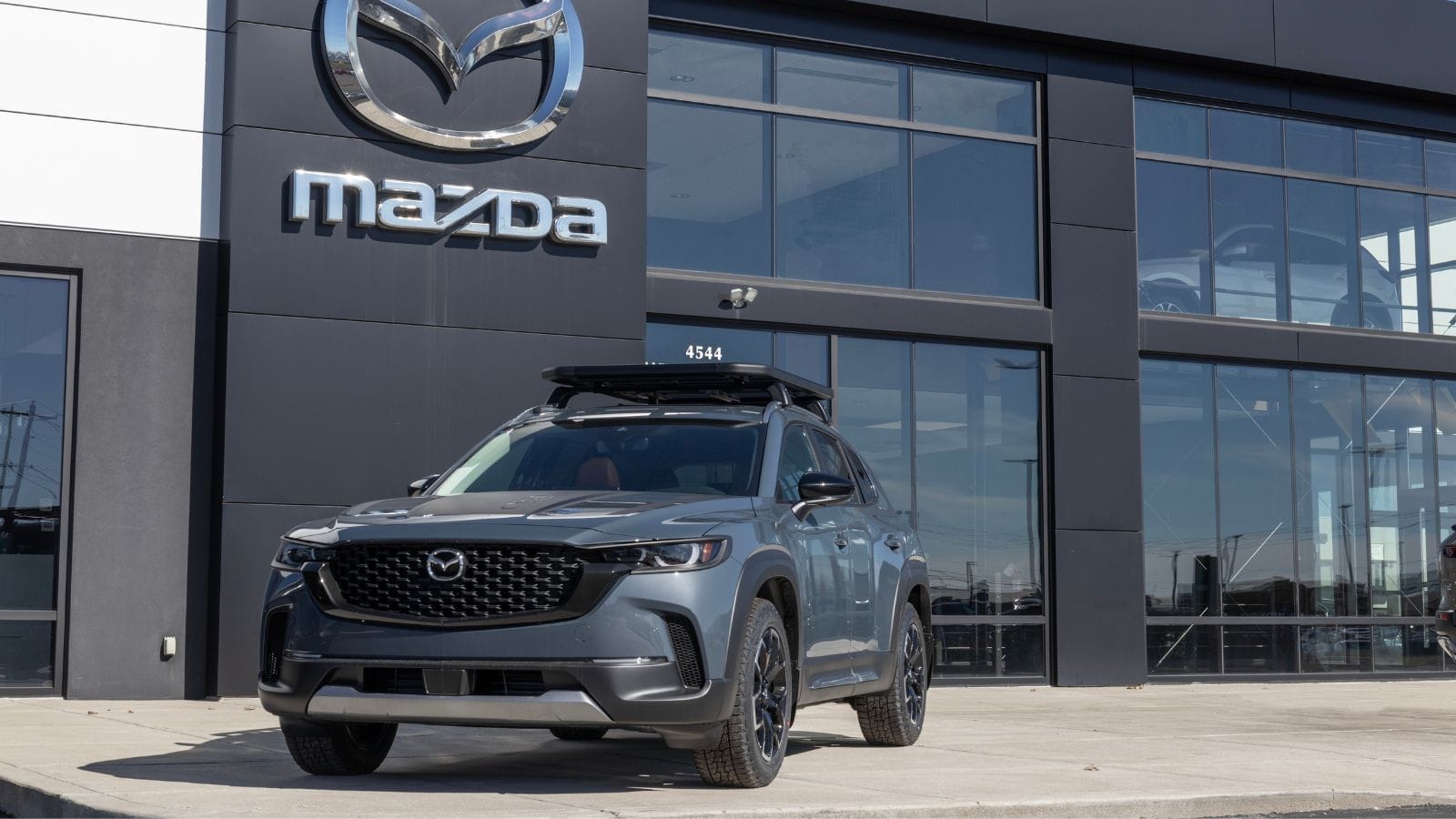
With rugged styling and standard AWD, the Mazda CX-50 is drawing plenty of attention in Canada, especially now. Powered by a 2.5L engine producing up to 256 horsepower with premium fuel, it sprints from 0–100 km/h in around 6.5 seconds. The upscale interior rivals that of luxury brands, featuring available leather, a panoramic sunroof, and an intuitive infotainment layout. Though assembled in Alabama, parts and key tech systems still come from abroad. As tariffs cast a shadow over component costs, buyers in British Columbia and Alberta are scooping up CX-50s for their mix of affordability, capability, and refinement, before prices catch up.
Honda Accord Hybrid
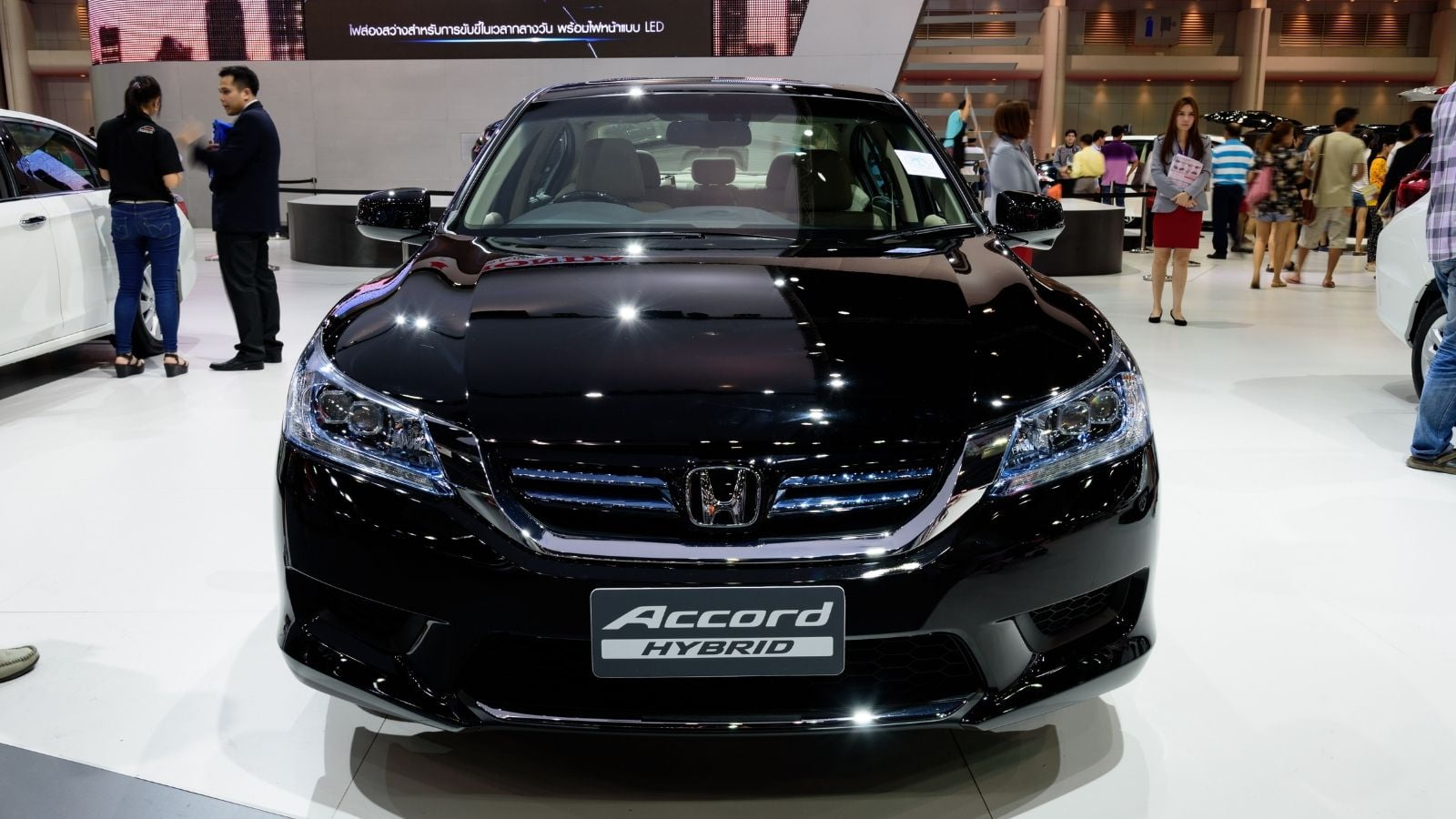
Sleek, spacious, and efficient, the Honda Accord Hybrid is a standout for Canadians who want sedan comfort with long-term value. Its 204-hp hybrid powertrain accelerates from 0 to 100 km/h in about 7 seconds, while delivering a combined fuel rating of under 5.0 L/100 km. Inside, the Accord Hybrid feels nearly luxurious with soft-touch materials, a 12.3-inch touchscreen, and ample space. Built in Ohio, it is not immune to parts-related price hikes as tariff threats loom over battery imports and electronics. Dealers across Ontario have seen a surge in demand as customers attempt to secure current prices before hybrid premiums increase.
Hyundai Ioniq 5
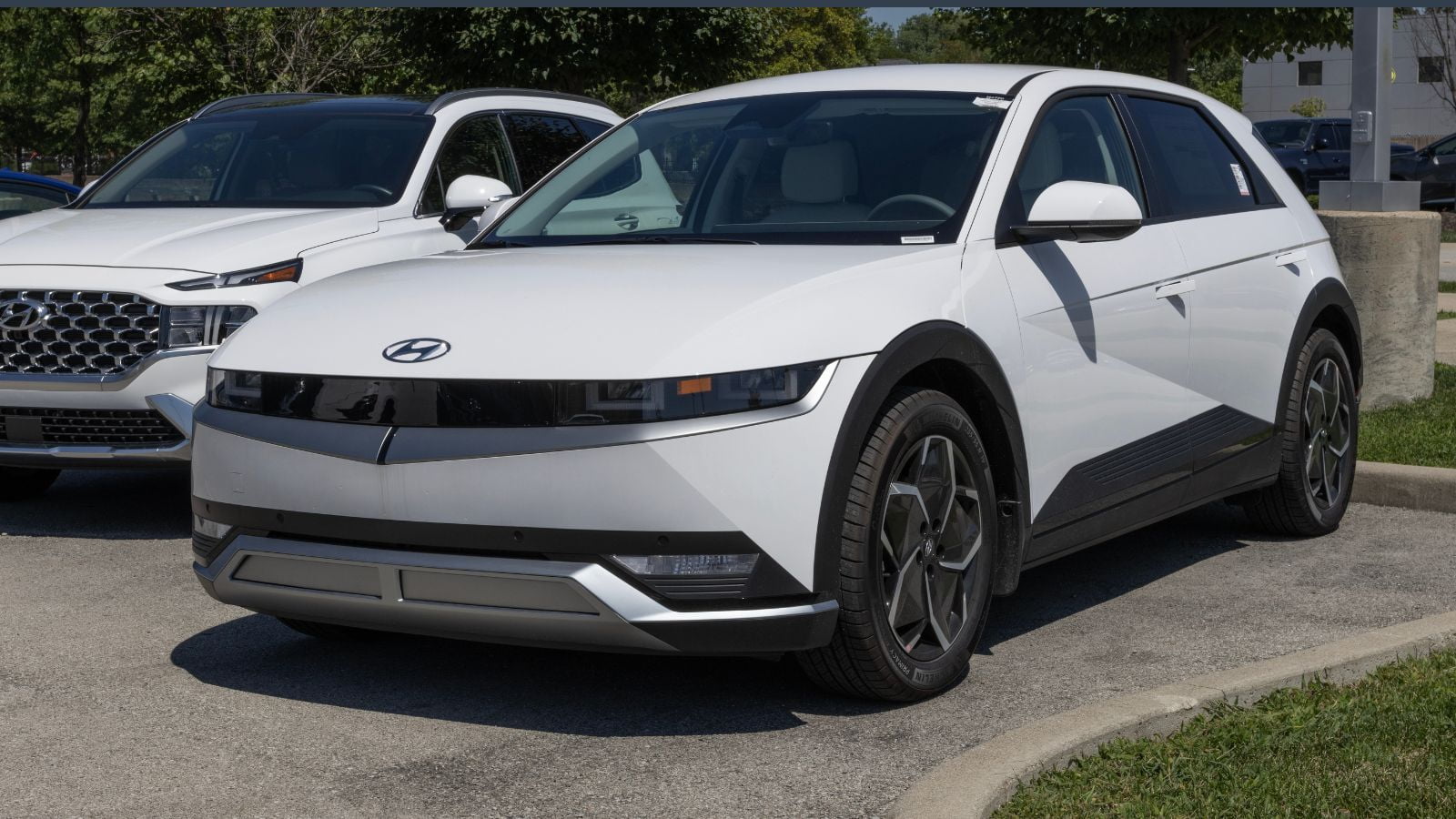
The all-electric Hyundai Ioniq 5 is one of Canada’s hottest EVs, and that status just intensified. With up to 320 horsepower and 0-100 km/h acceleration in just 5.1 seconds, it offers thrilling performance and a futuristic interior featuring eco-friendly materials and dual 12.3-inch screens. Though eligible for federal EV incentives, the Ioniq 5 is built in South Korea, making it highly vulnerable to import tariffs. That risk is prompting buyers in Quebec and B.C., where EV demand is strongest, to rush orders now, as dealers report unusually long waitlists and early deposits, with availability tightening and pricing uncertainty growing.
Ford Escape Plug-In Hybrid (PHEV)
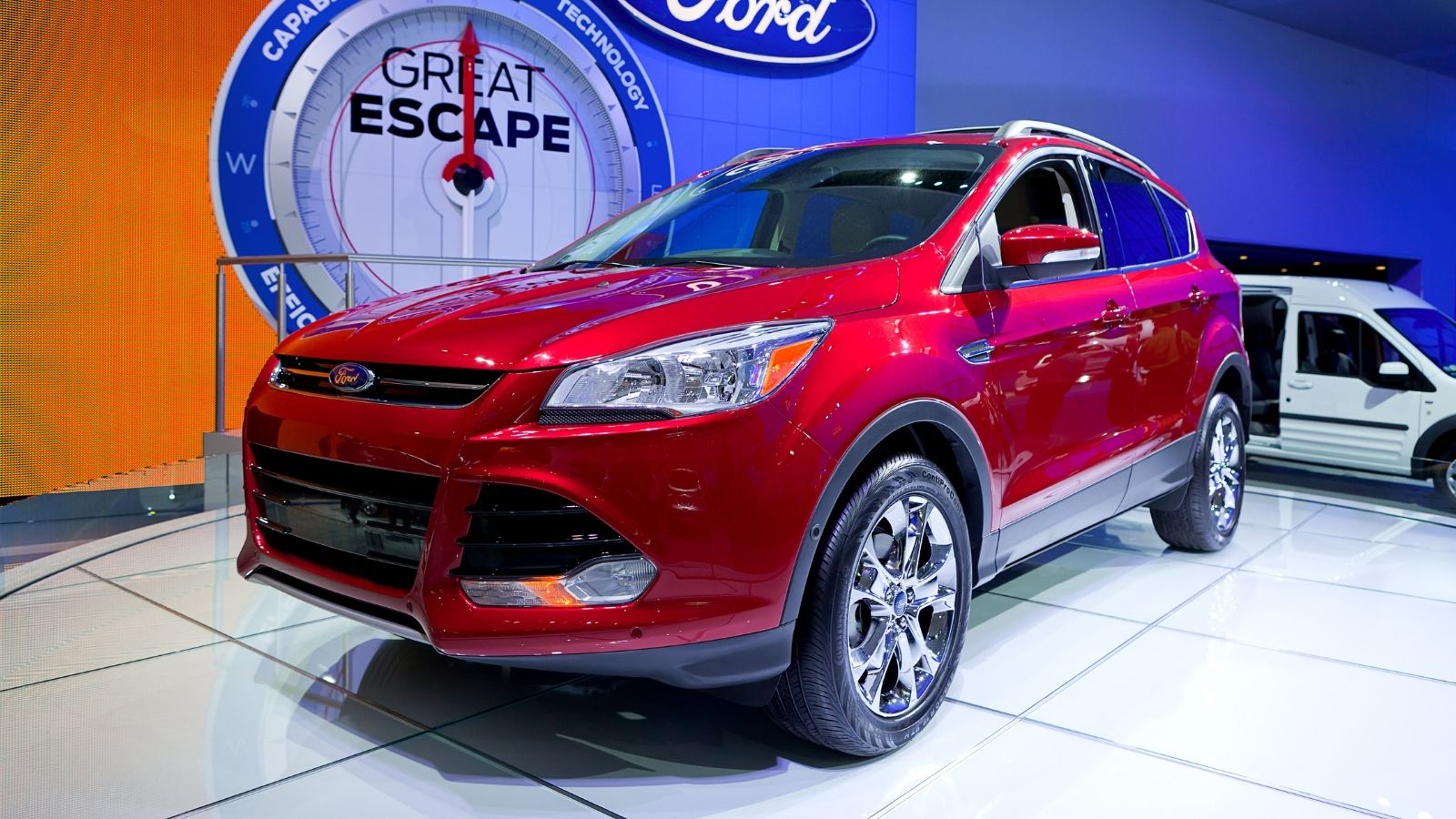
With a 60 km all-electric range and hybrid fuel economy once the battery depletes, the Ford Escape PHEV offers the best of both worlds for urban and suburban drivers. Its total output of 210 horsepower pushes it to 100 km/h in just over 8.5 seconds. The cabin is quiet and modern, with a clean touchscreen interface and good cargo flexibility. Though assembled in Kentucky, the Escape PHEV’s battery and electrical systems are sourced globally. Tariff uncertainty surrounding those components has led to stockpiling in markets like Halifax and Vancouver, where commuters are looking to dodge future premium pricing.
Nissan Leaf
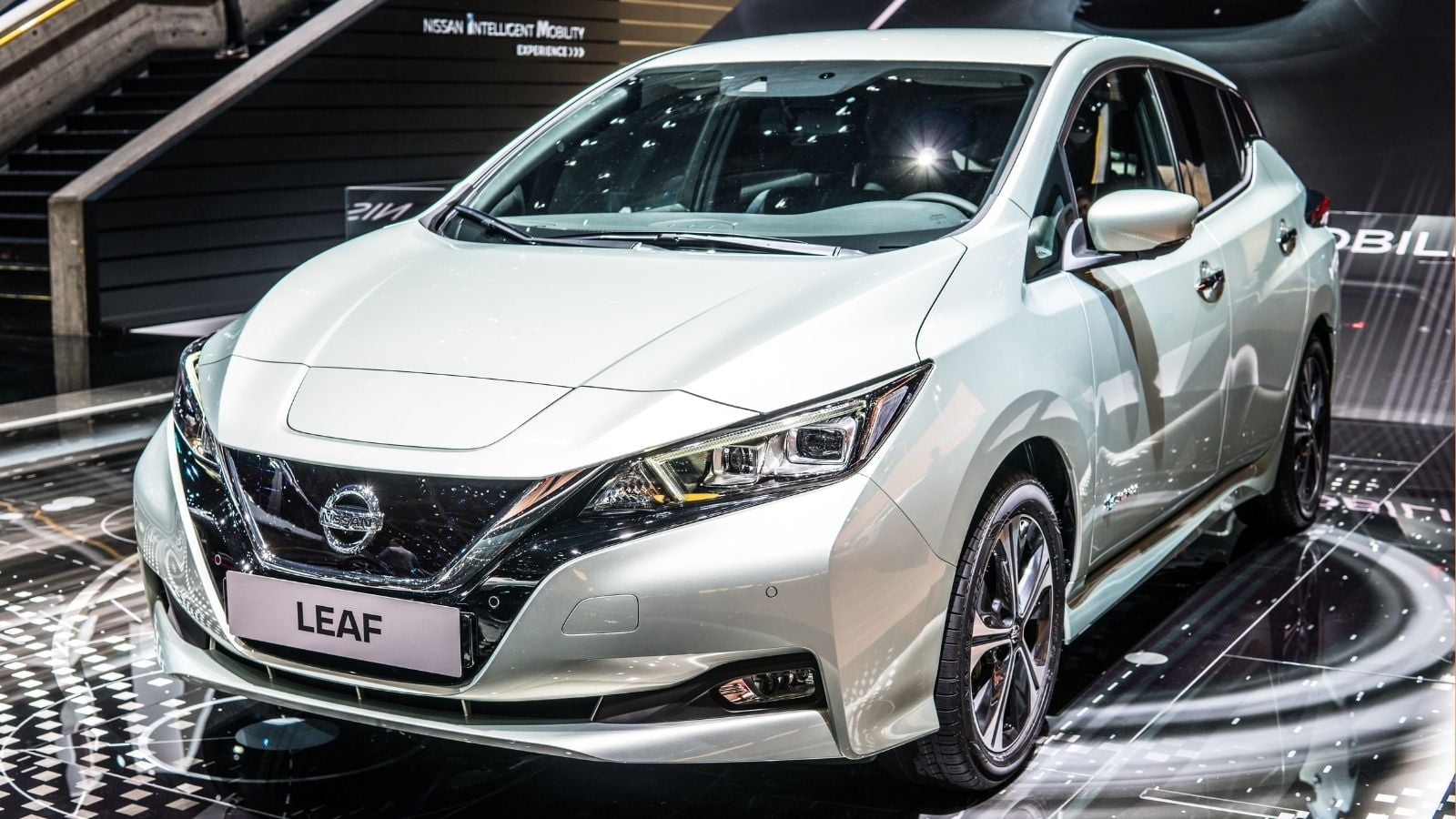
Once considered a fringe EV, the Nissan Leaf has become a budget-conscious choice for Canadians going electric. With up to 214 horsepower and a 0-100 km/h time of about 7.5 seconds in the Plus variant, the Leaf performs capably for city driving. The interior is modest but functional, offering heated seats, solid tech, and a quiet ride. However, as a Japanese-built EV, the Leaf is squarely in the crosshairs of tariffs, which have led to a surge of panic-buying, particularly among first-time EV buyers trying to get in before affordability vanishes.
Subaru Outback
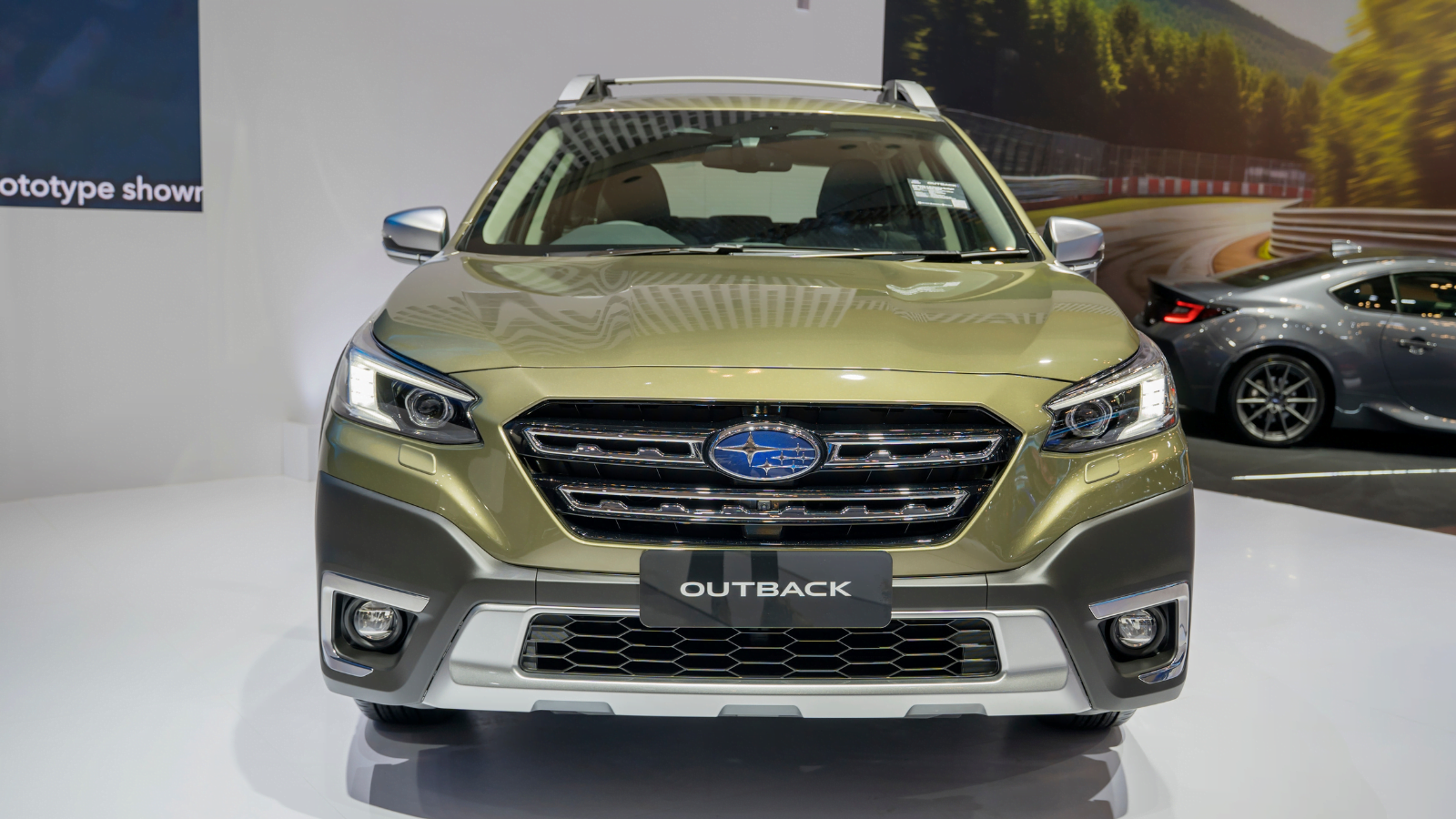
A Canadian favorite for years, the Subaru Outback blends SUV practicality with car-like handling. The 2.5L flat-four engine produces 182 horsepower, with an optional turbocharged 260-hp engine available, and delivers a 0-100 km/h time of between 8.8 and 6.1 seconds, depending on the trim. Standard all-wheel drive and class-leading ground clearance make it a top pick for rural and snowy regions. While many Outbacks are built in Indiana, the global supply chain still affects pricing, particularly on sensors and drivetrain components. With whispers of MSRP jumps, buyers in the Maritimes and Prairies are hurrying to buy before tariffs muddy Subaru’s affordability sweet spot.
Volkswagen Golf GTI
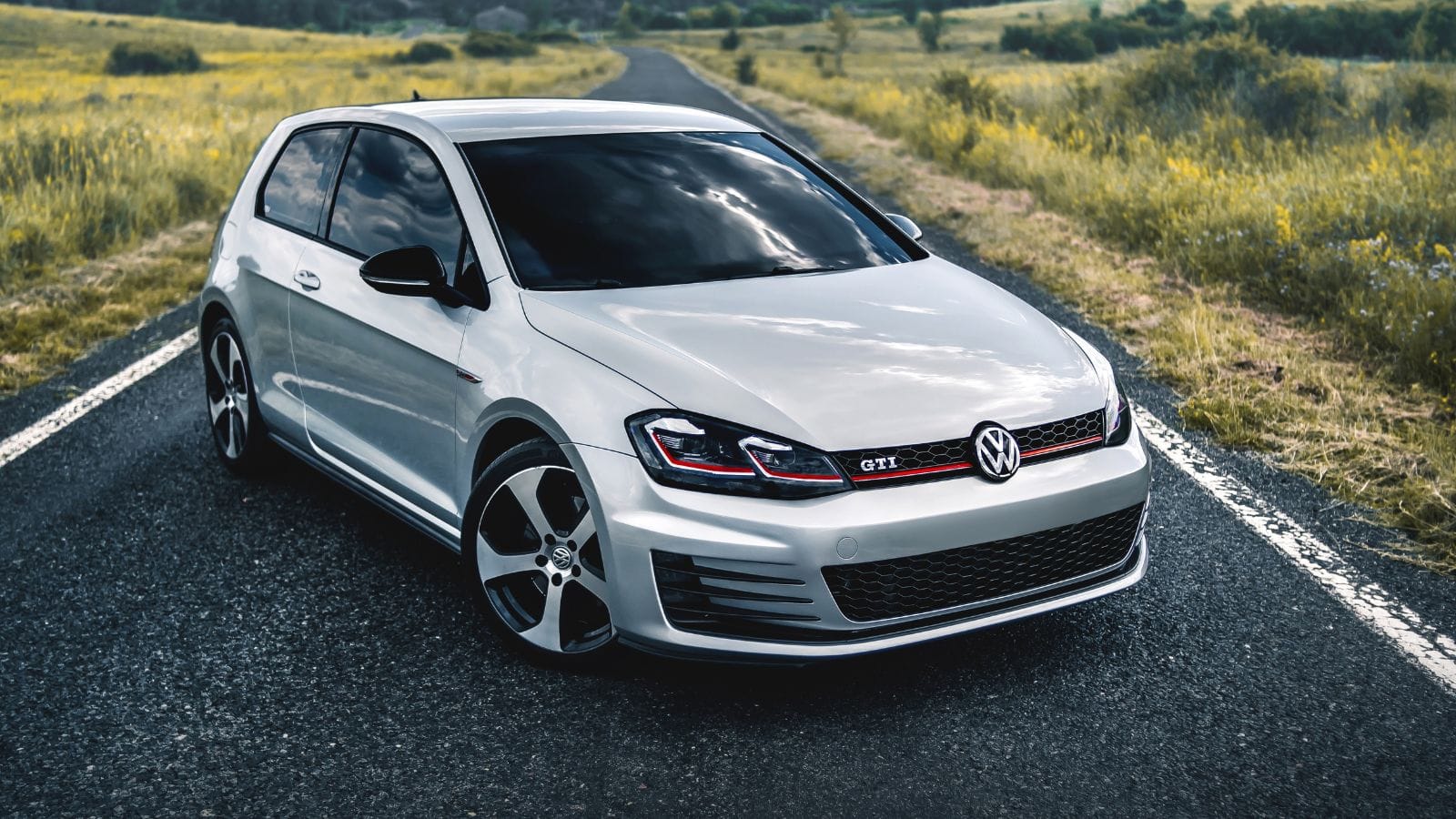
The Volkswagen Golf GTI is an enthusiast’s go-to, combining fun and function in a sleek hatch. Its 2.0L turbocharged engine pumps out 241 horsepower, rocketing from 0 to 100 km/h in just 6.4 seconds. Inside, it’s refined with tartan cloth seats, a digital cockpit, and sporty accents that appeal to drivers across generations. Built in Germany, the GTI is among the most exposed models if European tariffs escalate, and Canadian dealers are already noting delayed shipments and shrinking discounts. For performance fans and commuters alike, the rush is on to claim a GTI before supply chain shocks hit both price and availability.
Genesis GV70
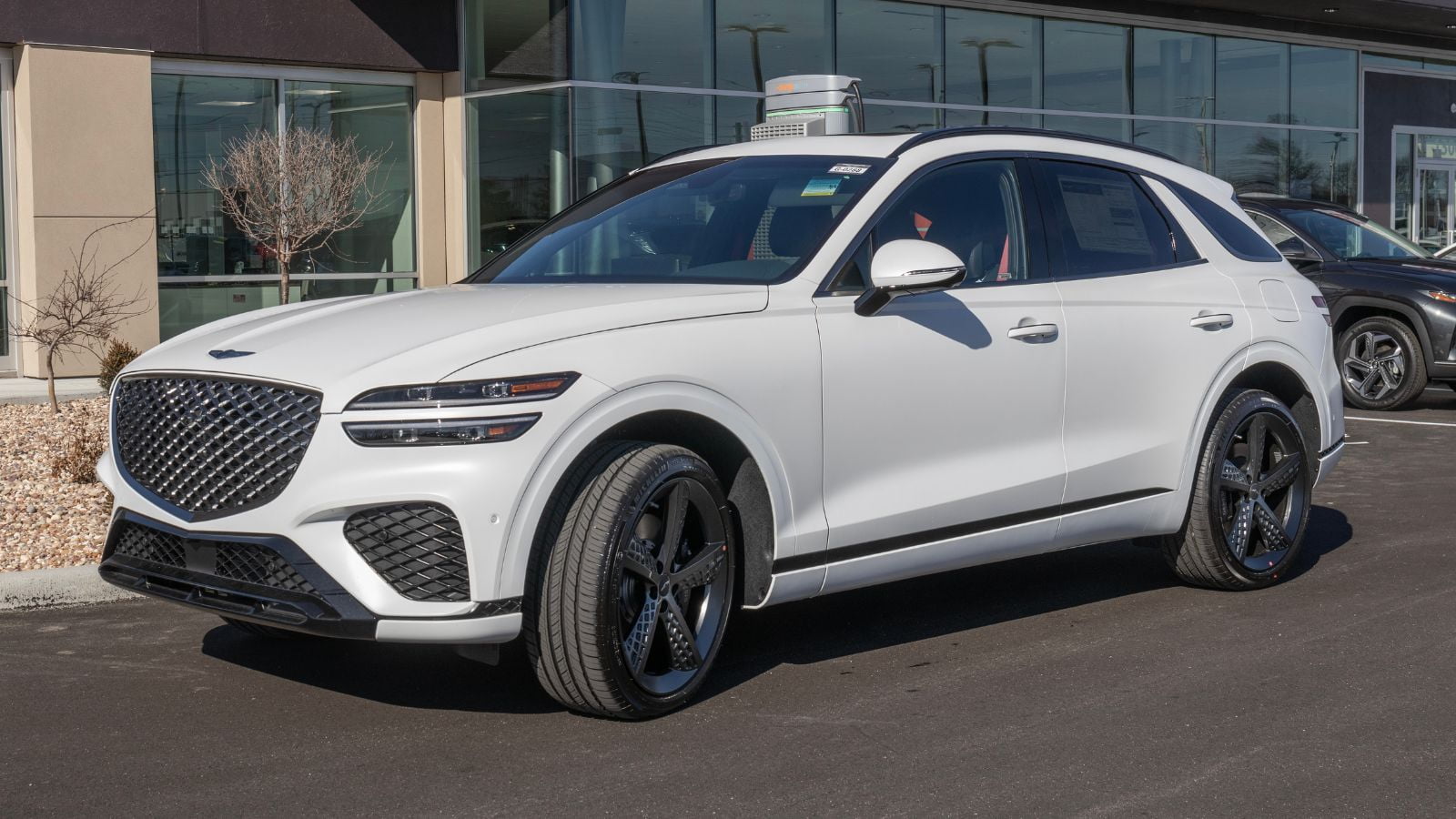
Luxury SUV seekers are panic-buying the Genesis GV70, and for good reason. Offering a choice of a 2.5L turbocharged engine (300 hp) or a twin-turbo V6 (375 hp), it hits 0-100 km/h in as little as 5.2 seconds. The cabin rivals those of German rivals with Nappa leather, ambient lighting, and a 14.5-inch touchscreen, but being built in South Korea, the GV70’s pricing is sensitive to tariff shocks, especially for the high-end Sport Plus trims. With Canadian demand growing rapidly and inventory tight, premium buyers are locking in deals now to avoid the double hit of increased luxury tax and cross-Pacific trade penalties.
25 Facts About Car Loans That Most Drivers Don’t Realize

Car loans are one of the most common ways people fund car purchases. Like any other kind of loan, car loans can have certain features that can be regarded as an advantage or a disadvantage to the borrower. Understanding all essential facts about car loans and how they work to ensure that you get the best deal for your financial situation is essential. Here are 25 shocking facts about car loans that most drivers don’t realize:
25 Facts About Car Loans That Most Drivers Don’t Realize
